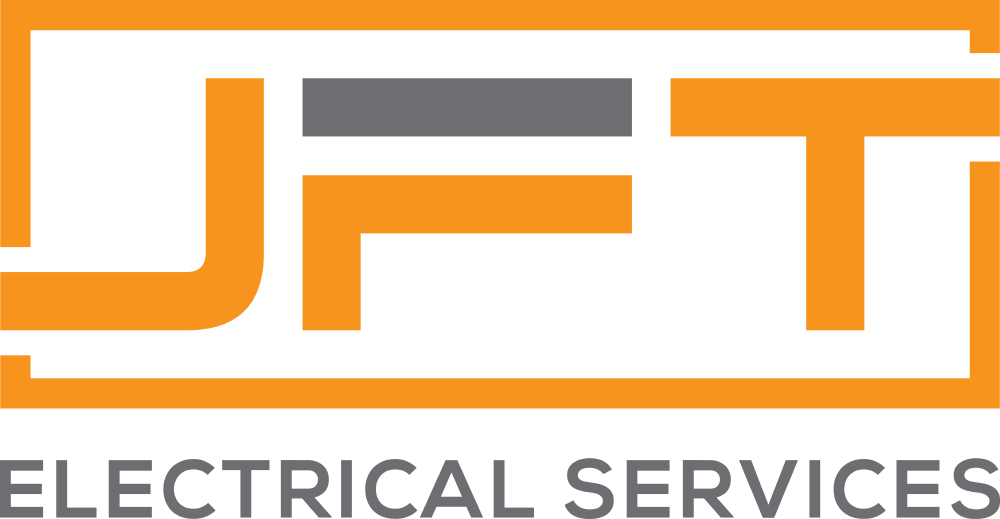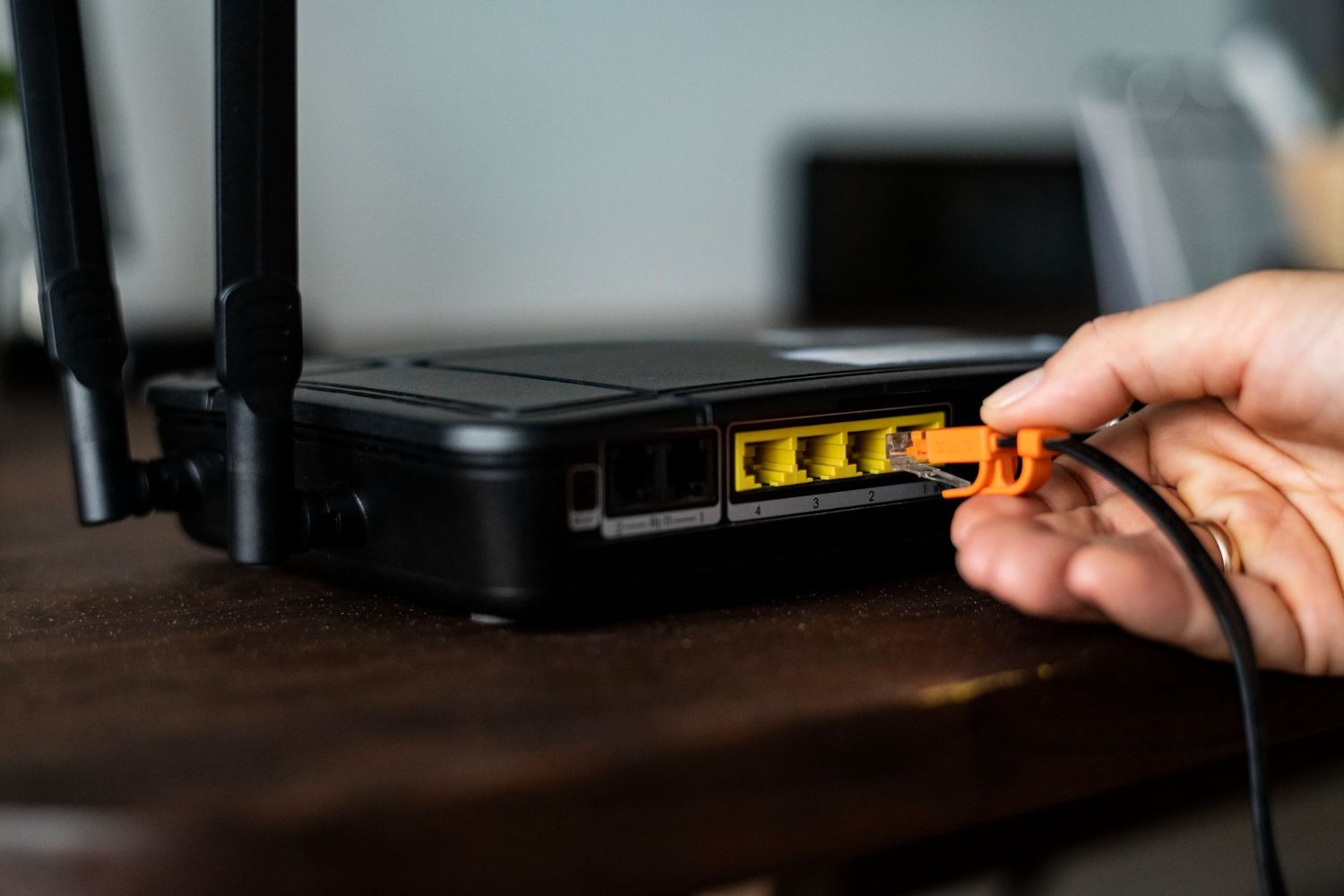Structured cabling is the backbone of a fast and reliable internet connection. It's an organized system of cables and hardware that helps carry data smoothly throughout your building. Every device, from computers to phones, relies on this network. When done right, structured cabling keeps everything running smoothly and efficiently.
Think of structured cabling as the highway system for your office's data. It allows information to travel quickly between devices. Without a proper system, you might experience slow internet speeds and connectivity issues. Understanding how structured cabling works and its benefits can help you make smart decisions for your office.
Choosing the right structured cabling solutions can also future-proof your business. As technology advances, having a solid cabling infrastructure in place means you can easily upgrade your systems. This way, you're not constantly replacing cables and equipment. Getting it right the first time saves time, money, and a lot of frustration.
What is Structured Cabling?
Structured cabling is an organized system of cables that helps manage your office's data and communication needs. It includes all the hardware, like cables, patch panels, and data racks, necessary to keep information flowing smoothly. Think of it as the nervous system of your office, linking different devices like computers, printers, and phones to each other and the internet.
This system is designed to be flexible and scalable. That means you can easily add or remove devices without causing downtime or significant re-wiring. It's set up in a way that allows for easier troubleshooting and maintenance. If there's an issue, it's simpler to locate and fix the problem because everything is clearly labelled and organized. Structured cabling sets the foundation for a reliable, efficient, and high-performing network.
Components of a Structured Cabling System
1. Cabling: The cables themselves are the basic building blocks. They can be twisted pair cables for data transfer or fibre optic cables for faster speeds and longer distances.
2. Patch Panels: These panels help manage and organize the cables. They offer a central point where cables from different parts of the office meet, making it easier to handle connections and changes.
3. Network Switches: These devices help direct traffic within your network. They connect different devices and manage data flow to ensure everything runs smoothly.
4. Servers: Servers store and manage your data. They serve as a central point where information is processed and distributed to other devices in the network.
5. Data Racks: These racks house all the other components, like servers, switches, and patch panels, keeping everything tidy and accessible.
6. NBN Box Relocations: If you need to move your National Broadband Network box for better connectivity, that can be part of the structured cabling setup.
7. Internet and Phone Points: These are the actual connection points for your devices. These ensure that your computers, phones, and other devices can plug into the network easily.
Understanding these components helps you see how structured cabling supports a fast and reliable internet connection. Each part works together to make sure data flows efficiently and without interruption.
Benefits of Structured Cabling for Fast Internet
Structured cabling offers several benefits that ensure fast and reliable internet. First, it improves data transfer speeds. When cables are organized and properly installed, data can travel quickly between devices without delays. This means you experience less buffering and faster load times, which boosts productivity.
Another key benefit is reduced downtime. Structured cabling systems are easier to troubleshoot and maintain. If there's a problem, technicians can quickly locate and fix it because everything is well-labelled and documented. This minimizes disruptions and keeps your office running smoothly.
Flexibility is another advantage. With a structured system, you can easily add new devices or move existing ones without much hassle. This makes it easy to scale your network as your business grows. You won't need to worry about major overhauls or interruptions, saving both time and money in the long run.
Selecting the Right Structured Cabling Solutions
Choosing the right structured cabling solution for your office can seem daunting, but it doesn't have to be. Start by assessing your current needs. Consider the number of devices that will connect to the network, as well as the types of data you will transfer. This will help you decide whether you need twisted pair cables, fibre optic cables, or a mix of both.
Next, think about future growth. Choose a system that can easily scale with your business. Look for modular solutions that allow you to add more cables and devices without extensive re-wiring. It's also important to work with experienced professionals who can design and install the system properly. They can ensure the right components are used and that everything is set up for optimal performance.
Finally, consider your budget. While it's tempting to cut costs, investing in quality cabling can save you money in the long run. Quality components reduce the need for frequent repairs and replacements. They also provide better performance, which translates to more efficient operations.
Conclusion
Understanding structured cabling and its benefits is key to maintaining a fast and reliable internet connection in your office. A well-organized cabling system not only enhances data speeds but also reduces downtime and offers great flexibility for future growth. Choosing the right components and solutions tailored to your needs ensures that your office remains efficient and productive.
Investing in a structured cabling system may require some planning, but it's worth the effort. The right system helps keep your network running smoothly, supporting both current operations and future expansions. For expert guidance and professional installation, get in touch with JFT Electrical Services. We're here to ensure your office enjoys the benefits of a robust and reliable
structured cabling system.
RECENT POSTS:
Quick Links
All Rights Reserved | JFT Electrical Services | Website by GWTH MEDIA



